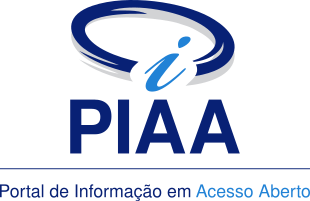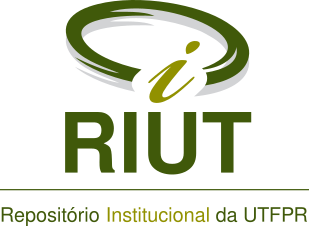Identification of the critical control points in a feed mill: a case study
Resumo
Based on the HACCP principles the objective of this work was to identify the critical points of control in a feed mill to real capacity of production at 1,000 ton.day-1, located in the southwest of Brazil. The presence of birds, rodents, insects, mites and fungi in the products, by-products, as well as internal and external areas of the industry were evaluated. The samplings of products and traps installation were the techniques utilized for the control. In addition, the receiving, pre-cleaning, drying and storage of corn, as well as dosage and mixing of feed were characterized the critical steps in the control of contamination. Furthermore, birds and rodents were the main contaminants observed during the production process, however, the high population of insects and fungal colonies found in the products meant the greatest risk of contamination to the final product.In conclusion, the use of Good Storage Practices and Manufacturing, trap installation, as well as intense cleaning and sanitation processes are immediate and efficiencies alternatives in the contamination control in feed mills.
Texto completo:
PDFDOI: 10.3895/S1981-36862013000100010

Esta obra está licenciada sob uma licença Creative Commons Atribuição 4.0 Internacional.





